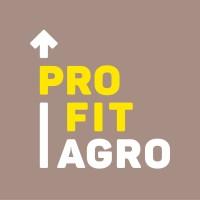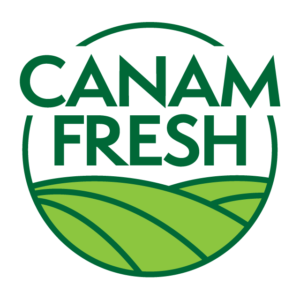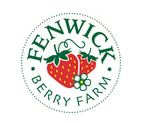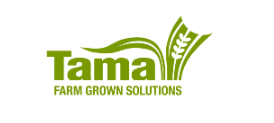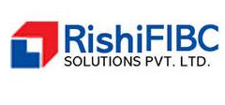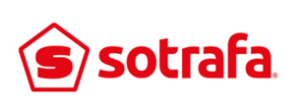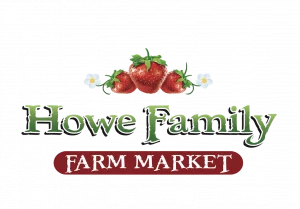Welcome to our comprehensive glossary of Irrigation, Horticulture, Silage, and Forage terminology. In the world of agriculture, understanding the language is as crucial as mastering the practices. Whether you’re an experienced professional or just starting in these fields, this glossary is your go-to resource for deciphering the specialized terms and concepts commonly used.
Drip Irrigation: A method of controlled water delivery directly to the root zone of plants using a network of tubes, pipes, and emitters, ensuring efficient water use.
Sprinkler Irrigation: A technique that sprays water over the crops in the form of droplets, mimicking natural rainfall, suitable for various crops and field sizes.
Fertigation: The simultaneous application of water and fertilizers through an irrigation system to deliver nutrients directly to the plants’ root zones.
Precision Irrigation: A technology-driven approach that optimizes water and nutrient delivery, reducing waste and increasing crop yields.
Irrigation System: A network of pipes, pumps, valves, and emitters designed to deliver water to crops for controlled and efficient watering.
Surface Irrigation: A method where water flows over the soil surface and is distributed across the field by gravity, commonly used for rice paddies.
Subsurface Irrigation: A technique that delivers water below the soil surface directly to the root zone, reducing evaporation and surface runoff.
Center Pivot Irrigation: An automated irrigation system that uses rotating sprinklers mounted on wheeled towers to water circular fields.
Drought Tolerance: The ability of plants to withstand periods of water scarcity and continue growing without significant damage.
Greenhouse: A controlled environment structure used for growing plants, providing regulated temperature, humidity, and light conditions.
Hydroponics: A soilless cultivation method where plants are grown in nutrient-rich water, optimizing nutrient uptake and growth.
Crop Rotation: The practice of systematically changing the type of crops planted in a specific area to improve soil health and reduce pests and diseases.
Pruning: The process of selectively removing plant branches or stems to promote growth, enhance shape, or maintain plant health.
Cultivar: A cultivated variety of a plant species, selected for specific characteristics, such as color, size, or disease resistance.
Transplanting: The process of moving young seedlings or plants from a nursery or seedbed to their final growing location.
Mulch: A protective layer of organic or inorganic material placed on the soil surface around plants to conserve moisture, suppress weeds, and regulate soil temperature.
Phytosanitary Measures: Practices and regulations aimed at preventing the introduction and spread of pests and diseases in horticultural crops.
Silage: The fermented forage crop stored under anaerobic conditions to preserve nutritional value for livestock feed.
Bunker Cover: A protective cover placed over silage bunkers to prevent air exposure and maintain silage quality.
Aerobic Microorganisms: Microbes that require oxygen to survive and can spoil silage when air exposure occurs.
Inoculant: A substance containing beneficial bacteria or enzymes added to silage to enhance fermentation and improve its quality.
Silo: A storage structure used for fermenting and storing silage, available in various types, including tower silos and bunker silos.
Fermentation: The anaerobic process where lactic acid bacteria convert sugars into acids, preserving the forage and reducing pH in silage.
Aerobic Stability: The ability of silage to resist spoilage when exposed to air due to poor sealing or during feedout.
Forage: Plant material, such as grasses or legumes, grown for feeding livestock, usually as hay or silage.
Hay: Dried forage crops, typically grass or legumes, used as animal feed.
Legumes: A plant family that includes clover, alfalfa, and beans, known for their nitrogen-fixing abilities and high protein content.
Forage Harvester: A machine used to harvest, chop, and process forage crops, such as grass and maize, for silage production.
Legume-Grass Mixture: A combination of legume plants (e.g., alfalfa) and grasses (e.g., Timothy) planted together to improve forage quality and nutritional content.
Dry Matter: The portion of forage or plant material that remains after all water has been removed, expressed as a percentage of total weight.
Baleage: A method of preserving forage as silage by baling it at a higher moisture content than traditional hay, then wrapping it to exclude air.
Pasture Rotation: The practice of moving livestock between different pasture areas to allow forage regrowth and maintain healthy pastures.
